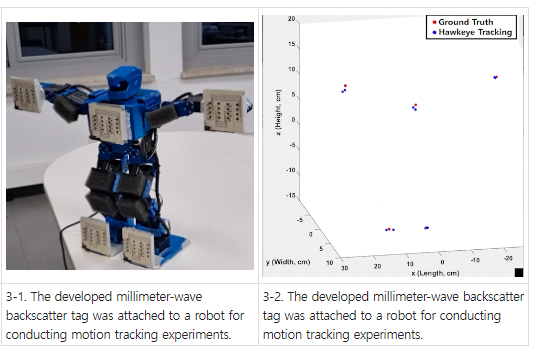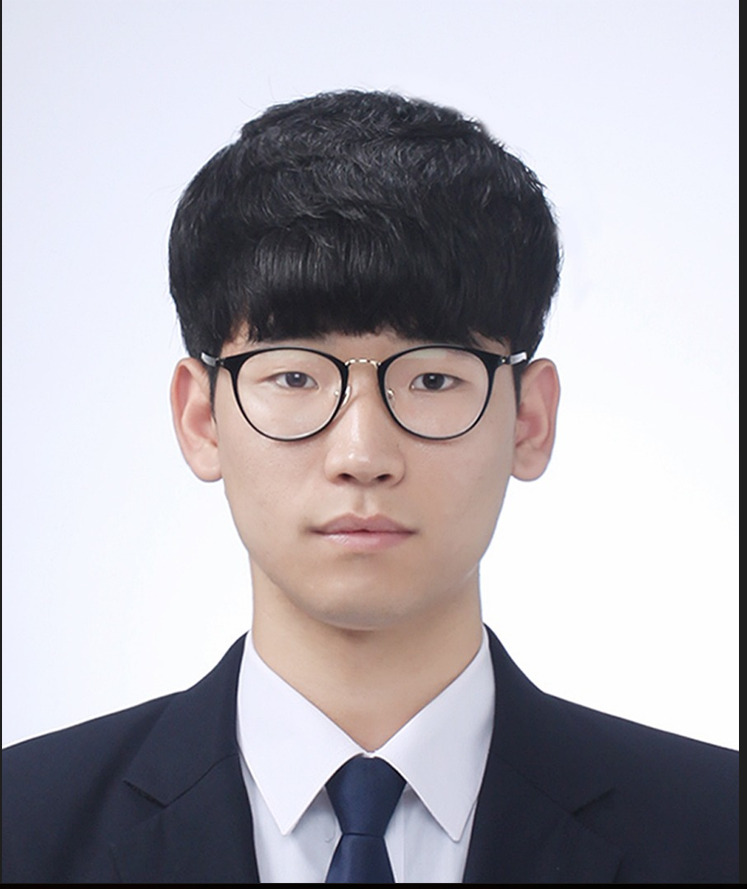
2023 IEEE Electron Device Society(EDS) PhD Fellowship Recipients
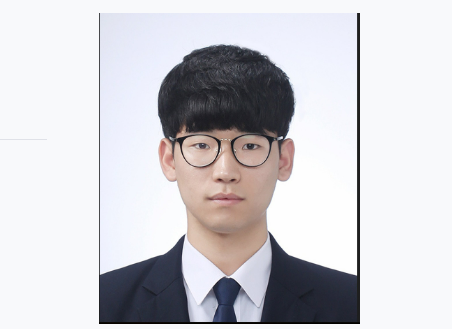


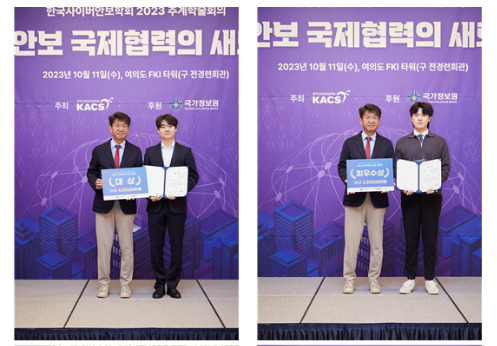
Professor Seungwon Shin’s NSS Lab Wins a Total of 7 Awards in the 2023 Cybersecurity Paper Competition Sponsored by the National Intelligence Service
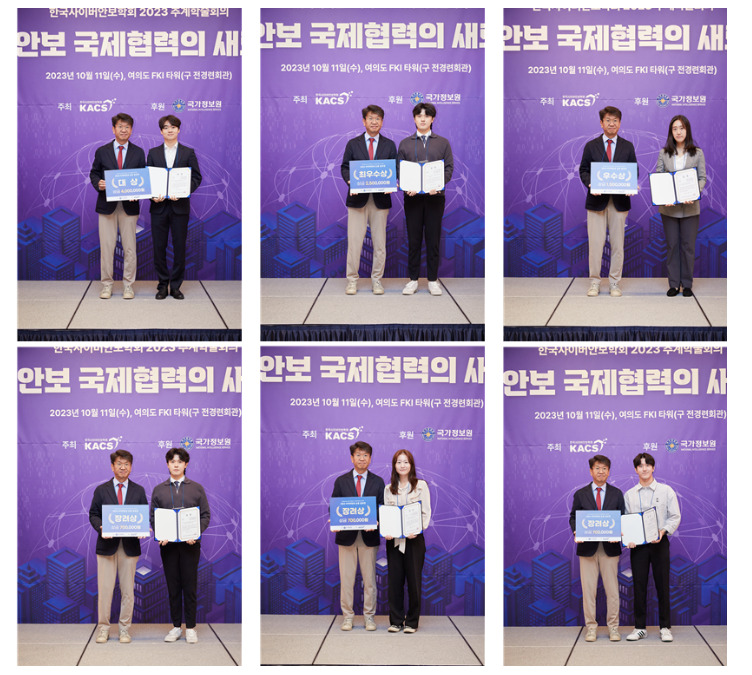
The research team (NSS lab) led by Professor Seungwon Shin from KAIST’s Department of Electrical and Electronic Engineering has received a total of 7 awards in the 2023 Cybersecurity Paper Competition, including the top prize in the technology.
Starting in 2017, the competition is organized by National Intelligence Service to foster cybersecurity expertise and enhance research capabilities in cybersecurity.
Exceptional papers presented in previous editions of this competition have made significant contributions to national cybersecurity technology development, policy formulation, and strategy.
Professor Seungwon Shin’s research team, including Ph.D. candidate Myeongseong Yoo from KAIST and Professor Jaehyun Nam from Dankook University, received the best paper award in technology section along with cash reward of 4 million KRW for their paper titled “HELIOS: Hardware-assisted High-performance Security Extension for Cloud,” which focuses on a hardware-based network security system for a secure cloud environment.
Furthermore, a team consisting of Ph.D. candidates Jaehan Kim, Minkyu Song, and Youngjin Jin from Professor Shin’s lab received the outstanding paper award in the technology section for their work on “Graph-based Deep Learning Framework for Credential Stuffing Risk Prediction,” a framework that uses graph neural networks to proactively predict the risk of credential stuffing attacks between websites by modeling the reused password relationship.
In addition, students Suhyun Kim, Hanna Kim, Seungho Na, and Somin Cho from Professor Shin’s research lab received one award and four honorable mentions in the technology section.
Myeongseong Yoo, a top prized student, mentioned that “The system we developed utilizes smartNIC to accelerate communication between virtual machines and containers. It not only provides better security than traditional software-based security systems but also is expected to be highly useful in creating a safe cloud environment.”
The complete list of awards received by Professor Seungwon Shin’s research team in the 2023 Cybersecurity Paper Competition is as follows:
*Best Paper Award in Technology: Myeongseong Yoo (Ph.D. candidate) and Professor Jaehyun Nam (Dankook University)
*Outstanding Paper Award in Technology Category: Jaehan Kim, Minkyu Song, and Youngjin Jin (Ph.D. candidates)
*Paper Award in Technology Category: Suhyun Kim and Seungho Na (Ph.D. candidates)
*Honorable Mentions in Technology Category (4 awards):
-Hanna Kim (Ph.D. candidate) and Geon Choi (Student, Indiana University Bloomington)
-Jaehan Kim and Minkyu Song (Ph.D. candidates)
-Seungho Na and Somin Cho (Ph.D. candidates)
-Minkyu Song and Jaehan Kim (Ph.D. candidates)

CAMEL research team has been successively selected for 2023 Samsung Future Technology Development Program

The CAMEL research team from our department, led by Professor Myoungsoo Jung, has been chosen to participate in the Samsung Future Technology Development Program.
This recognition comes with support for their study titled, “Software-Hardware Co-Design for Dynamic Acceleration in Sparsity-aware Hyperscale AI.”
Large AI models, such as mixture of experts (MoE), autoencoders, and multimodal learning, grouped under the umbrella of Hyperscale AI, have gained traction due to the success of expansive model-driven applications, including ChatGPT.
Based on the insight that computational traits of these models often shift during training, the research team has suggested acceleration strategies.
These encompass software technologies, unique algorithms, and hardware accelerator layouts.
A key discovery by the team was the inability of existing training systems to account for variations in data sparsity and computational dynamics between model layers. This oversight obstructs adaptive acceleration.
To address this, the CAMEL team introduced a dynamic acceleration method that can detect shifts in computational traits and adapt computation techniques in real-time.
The findings from this research could benefit not only Hyperscale AI but also the larger domain of deep learning and the burgeoning services sector.
The team’s goals include producing tangible hardware models and offering open-source software platforms.
Samsung Electronics, since 2013, has initiated the ‘Future Technology Development Program’, investing KRW 1.5 trillion to stimulate technological innovation pivotal for future societal progress.
For a decade, they have backed initiatives in foundational science, innovative materials, and ICT, particularly favoring ventures that are high-risk but offer significant returns.
The CAMEL team has been collaborating with Samsung since 2021 on a project focusing on accelerating Graph Neural Networks (GNNs). We extend our hearty congratulations to them as they embark on this fresh exploration into the realm of Hyperscale AI.
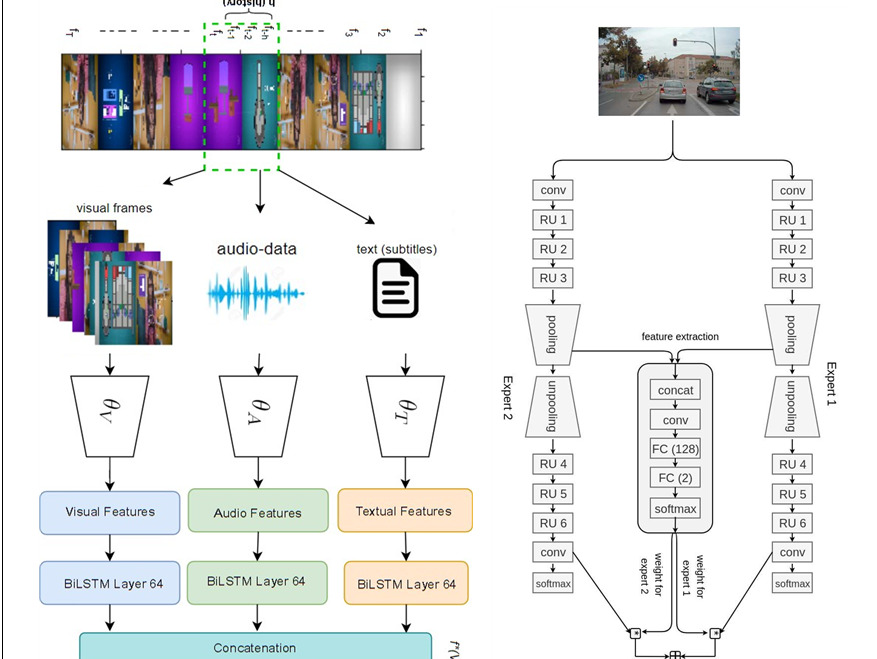
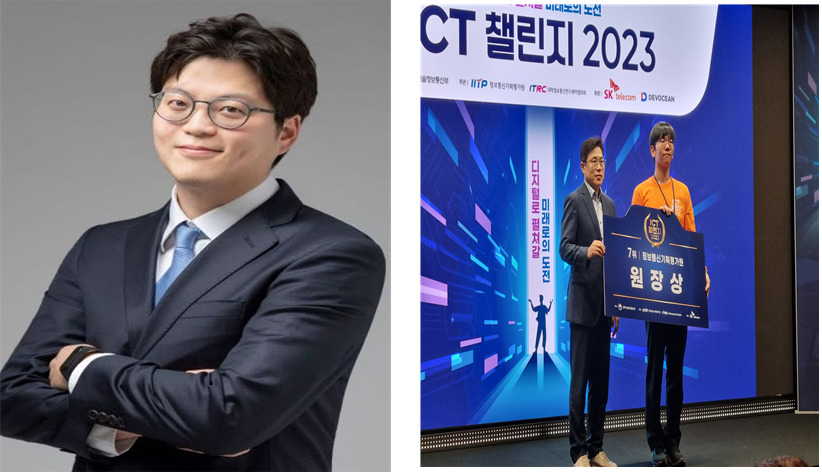
Professor Song Min Kim’s Team (Team SMILE) won the IITP Directors’s Award at the ICT Challenge 2023

The ICT Challenge 2023, hosted by the Ministry of Science and ICT, organized by the Information and Communication Technology Planning and Evaluation Institute (IITP) and the University Information and Communication Research Center Council (ITRC), and sponsored by SK Telecom, is a competition with the theme “New Door to the Future”.
It aims to concretize and practicalize creative ideas that will lead future innovative technologies in an era of great transition where cutting-edge technologies are advancing and evolving.
“Team Smile”, consisting of PhD candidates Kangmin Bae, Hankyeol Moon, and Haksun Son from the Department of Electrical and Electronic Engineering at KAIST, and Lee Geon-woong, an undergraduate from the Department of Electrical and Electronic Engineering at Korea University, successfully implemented a location-aware tag system for real-time large-scale inventory management using millimeter wave backscatter.
They won the IITP (Information and Communication Technology Planning and Evaluation Institute) Director’s Award, ranking 7th out of a total of 83 teams participating in the ICT Challenge 2023.
Team leader Researcher Kangmin Bae expressed, “The system can recognize tags that operate without power with millimeter-level accuracy from a distance of more than 100 meters.
Given its high practicality and business value, we have high expectations for its future potential.”
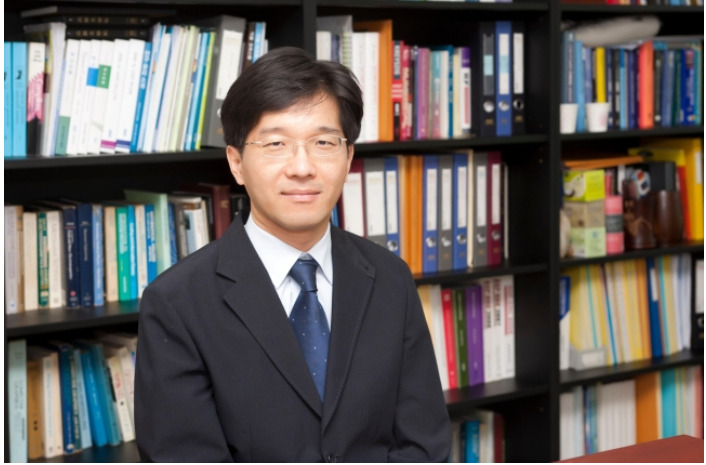
[Professor Youngsoo Shin receives the October Scienc and Technology Award, Optimizing Semiconductor Process with AI]

<Professor Youngsoo Shin>
The Ministry of Science and ICT and the Korea Research Foundation announced on the 4th that Professor Shin Youngsoo from the School of Electrical Engineering at KAIST was selected as the winner of the ‘Science and Technology Award’ for October.
Professor Shin was recognized for his contribution in developing a semiconductor lithography optimization technology that is 10 times faster and has a higher resolution than existing methods using machine learning.
Lithography is a process in which light is shone on a mask engraved with patterns to create devices on a wafer.
It is a critical process that determines the yield of semiconductors. In order to create polygons on the wafer, complex patterns must be drawn on the mask.
This process, known as OPC (Optical Proximity Correction), involves repeatedly adjusting the mask shape and simulating the image on the wafer, taking a significant amount of time.
Professor Shin trained artificial intelligence (AI) on sets of mask shapes and the resulting wafer images to develop a faster and higher-resolution OPC optimization technique.
Additionally, Professor Shin developed a method to create a layout pattern (semiconductor blueprint) similar in structure to existing patterns but not previously existing, using generative AI.
It was also confirmed that applying the newly created layout patterns and the existing sample patterns to the optimization improves the accuracy of the machine learning model.
The research results were published in the 2021 international academic journal IEEE TSM, and it also received the journal’s ‘Best Paper Award,’ which is selected once a year.
Professor Shin commented, “This study is unique in that it applies machine learning and artificial intelligence differently from existing semiconductor lithography research,” and added, “I hope it can contribute to resolving the issues of licensing costs and stagnation in technological development caused by the monopoly of a small number of companies worldwide.”

*Reference : 10월 과기인상에 신영수 교수…AI로 반도체 공정 최적화 (naver.com)
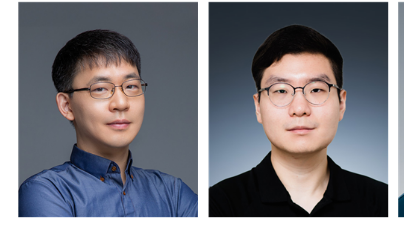
Professor Yoon Young-Gyu’s research team develops AI imageing analysis technology ”SUPPORT” which enables high-precision measurement of biological fluorescence signals

< (From the left) Professor Young-Gyu Yoon from the School of Electrical Engineering, Ph.D. student Minho Eom, and Ph.D. student Seungjae Han.>

Figure 1. Concept of SUPPORT technology:
(a) For each pixel in the image, the artificial neural network removes noise without separate training data by utilizing the surrounding pixel information within the current frame and information from adjacent frames.
(b) Impulse response of the designed artificial neural network.

Figure 2. Ultra-precise neural cell voltage measurement using SUPPORT:
(Top) In the original fluorescence image, it’s impossible to observe the action potentials of neurons due to the low signal-to-noise ratio.
(Bottom) By enhancing the signal-to-noise ratio using SUPPORT, it is possible to precisely observe the action potentials of each neural cell.

Figure 3. Improvement of in vivo ear tissue fluorescence images of mice using SUPPORT:
(Left) In the original fluorescence image, it’s impossible to observe the detailed structure of the tissue due to the low signal-to-noise ratio.
(Right) By enhancing the signal-to-noise ratio using SUPPORT, it is possible to observe the detailed structure and rapidly moving red blood cells.

Figure 4. Improvement of in vivo muscle tissue fluorescence images of mice using SUPPORT:
(Left) In the original fluorescence image, it’s impossible to observe the detailed structure of the tissue due to the low signal-to-noise ratio.
(Right) By enhancing the signal-to-noise ratio using SUPPORT, it is possible to observe the detailed structure of muscle fibers and rapidly moving red blood cells.
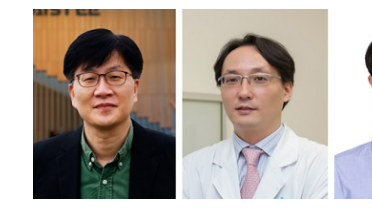
[Professor Yoo Seunghyup’s joint research team world’s first implementation of in-body OLED light therapy]

[Heading: (From the left) Professor Yoo Seunghyup from the Department of Electrical and Electronic Engineering, Professor Park Do-hyun from Seoul Asan Hospital, Dr. Sim Jee hoon from our university, Ph.D. student Kwon Jin-hee from Ulsan University, and Ph.D. student Chae Hyeonwook from our university.]
Light therapy has been steadily gaining attention recently for its ability to produce various positive effects without surgical or pharmaceutical intervention.
However, due to limitations such as light absorption and scattering within the skin, it is typically confined to external applications like the skin surface.
This poses a challenge when trying to apply it to internal organs, which have significant medical importance.
On September 13th, a joint research team consisting of Professor Yoo Seunghyup from the Department of Electrical and Electronic Engineering at our university, Professor Park Do-hyun from the Department of Gastroenterology at Seoul Asan Hospital, and the Real-Device Research Division of the Electronics and Telecommunications Research Institute announced that they have, for the first time in the world, developed an OLED (Organic Light-Emitting Diode) based catheter*.
This opens the way to apply light therapy to internal organs.
Catheter: A thin tube made of rubber or metal material, primarily used to remove contents from a patient’s digestive tract, bronchus, or blood vessels, or to inject drugs or cleaning agents into the body.
The joint research team developed an OLED platform in the form of a catheter, creating an OLED light therapy device that can be directly inserted into tubular organs like the small intestine. They aimed to verify its potential to improve Type 2 diabetes, one of the major adult diseases of today.
The joint research team developed an ultra-thin, flexible OLED that is mechanically stable and functions well in a moist environment.
They created an OLED catheter that wraps around a cylindrical structure, emitting uniform light in all directions. Moreover, the unique low-heat emission characteristic of OLED as a surface light source prevented tissue damage from heat upon insertion into the body. By using biocompatible materials, they minimized potential side effects on the body.
The joint research team conducted animal experiments on a Type 2 diabetes rat model (Goto-Kakizaki rat, GK rat) using the OLED catheter platform. In the experimental group where a total of 798 millijoules (mJ) of light energy was delivered to the small intestine, there was a trend of decreased blood sugar and reduced insulin resistance compared to the control group.
Additionally, other medical improvements, such as a reduction in liver fibrosis, were observed. This represents the world’s first results of conducting light therapy by inserting OLED components into the body.
Millijoule (mJ): One-thousandth of a joule (Joule), a unit of energy. The amount of light emitted from a light source is typically represented in milliwatts (mW) per unit time. The millijoule is calculated by multiplying the milliwatt by time (seconds). In this study, a red light of 1.33 milliwatts from the OLED catheter was shone for 10 minutes (600 seconds), delivering a total light energy of 798 mJ.
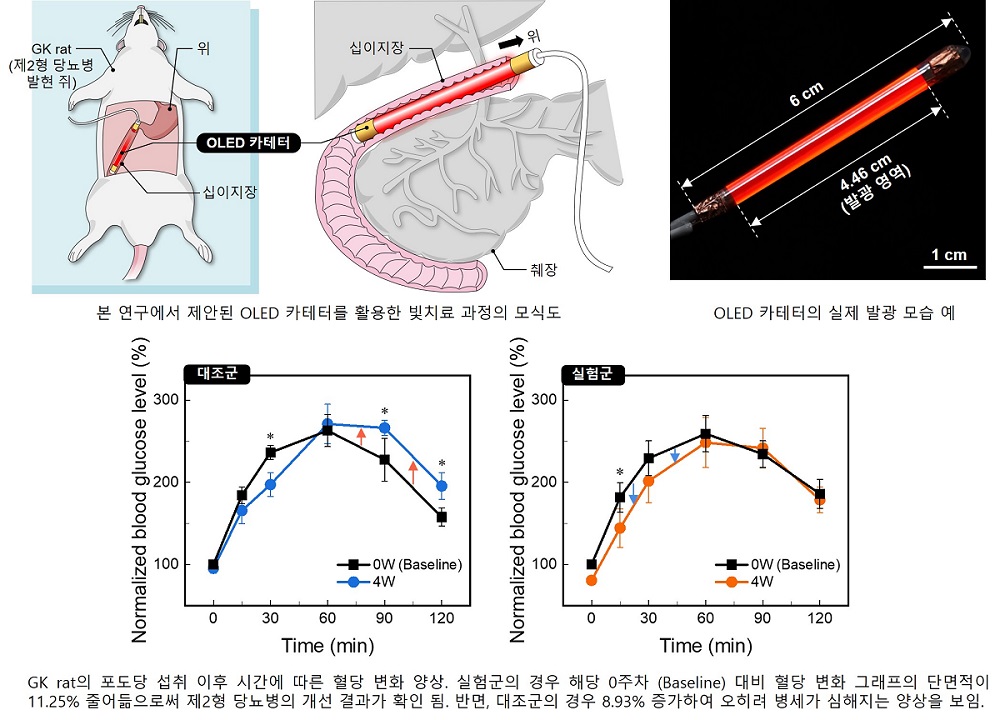
[heading: Figure 1. Schematic of the light therapy process using the OLED catheter, photos of the device, and graphs of the animal experiment results.]
The research, jointly led by Dr. Sim Jee hoon and Ph.D. student Chae Hyeonwook from Professor Yoo Seunghyup’s laboratory at our university, and Ph.D. student Kwon Jin-hee from Professor Park Do-hyun’s laboratory at Seoul Asan Hospital, Ulsan University College of Medicine, was published in the online edition of the international academic journal ‘Science Advances’ on September 1, 2023. (Paper Title: OLED catheters for inner-body phototherapy: A case of type 2 diabetes mellitus improved via duodenal photobiomodulation)
Professor Yoo Seunghyup commented, “Securing OLED technology for biomedical applications is one of the crucial tasks in opening new horizons for the OLED industry, which has mainly been confined to the display or lighting sectors. This research exemplifies the importance of systematic convergent research and collaboration between device and medical groups in exploring new application areas and acquiring core technologies.”
Furthermore, Professor Park Do-hyun from Seoul Asan Hospital said, “The OLED light exposure in the small intestine appears to affect the intestinal microbiome, leading to an increase in beneficial bacteria and a decrease in harmful bacteria, thus improving blood sugar levels, reducing insulin resistance, and inhibiting liver fibrosis in type 2 diabetes. This research, which utilizes the ideal light characteristics of OLED, promises a broad range of applications for in-body light therapy in the future. However, the results obtained are from small animals. Sequential verification stages, from small animals to larger animals to humans, are necessary, and research on the underlying mechanism should be carried out in tandem.” He emphasized the significance of the study.
The research was conducted with the support of the Korea Research Foundation Leading Research Center project (Human-Attached Light Therapy Engineering Research Center) and the Electronics and Telecommunications Research Institute’s research operating cost support project (ICT Material⦁Component⦁Equipment Independence & Challenge Technology Development).
*Reference1: NEWS (kaist.ac.kr)
**Reference2: https://www.science.org/doi/full/10.1126/sciadv.adh8619
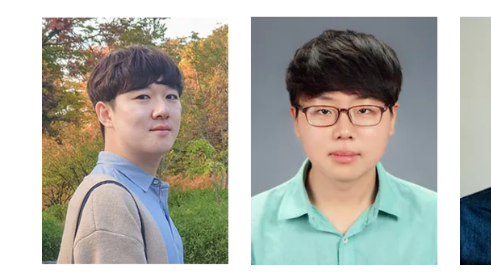
Ph.D. Woochan Lee, Ph.D. Candidate Hyeonwook Chae and Sangin Hahn, Integrated Master’s and Doctoral Program Student (advisor Seunghyup Yoo) won Best Student Paper Award at Optica APC 2023 Conference
Woochan Lee(Ph.D.), Hyeonwook Chae(Ph.D. candidate), and Sangin Hahn(Integrated Master’s and Doctoral Program Student) in EE Professor Seunghyup Yoo’s lab received Best Student Paper Awards at the 2023 Optica APC International Conference held in Busan, South Korea.
The APC (Advanced Photonics Congress) is a prestigious academic conference in the field of optics and photonics organized by the Optica (formerly OSA) group. It specializes in optical materials, optical signal processing, optical communications, and integrated optics.

[From left: Woochan Lee(Ph.D.), Hyeonwook Chae(Ph.D. candidate), and Sangin Hahn(Integrated Master’s and Doctoral Program Student), and Prof. Seunghyup Yoo]


Professor Yoo Seunghyup’s Lab graduate Dr. Jee Hoon Sim awarded the ‘UDC Innovative Research Award’ at the 2023 International Meeting on Information Display (IMID).
Our school has won the UDC Innovative Research Award at the 2023 International Conference on Information Display.
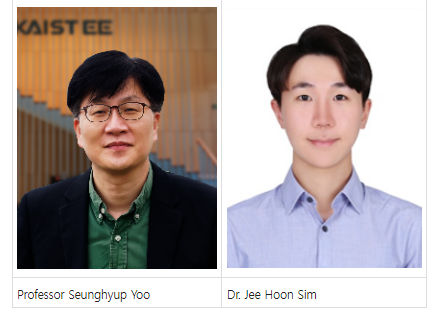
The UDC Innovative Research and Pioneering Technology Awards are presented to individuals or teams recognized for creating innovative ideas or research plans that influence the organic electronics and display industry.
The UDC Awards come with a prize money of 15 million won. Last year, two students from our department also won awards in all categories.
The title of the paper of this year’s recipient, Dr. Sim Jee Hoon, is ‘OLED for Healthcare: Management of Diabetes via Inner-Body Photobiomodulation’.
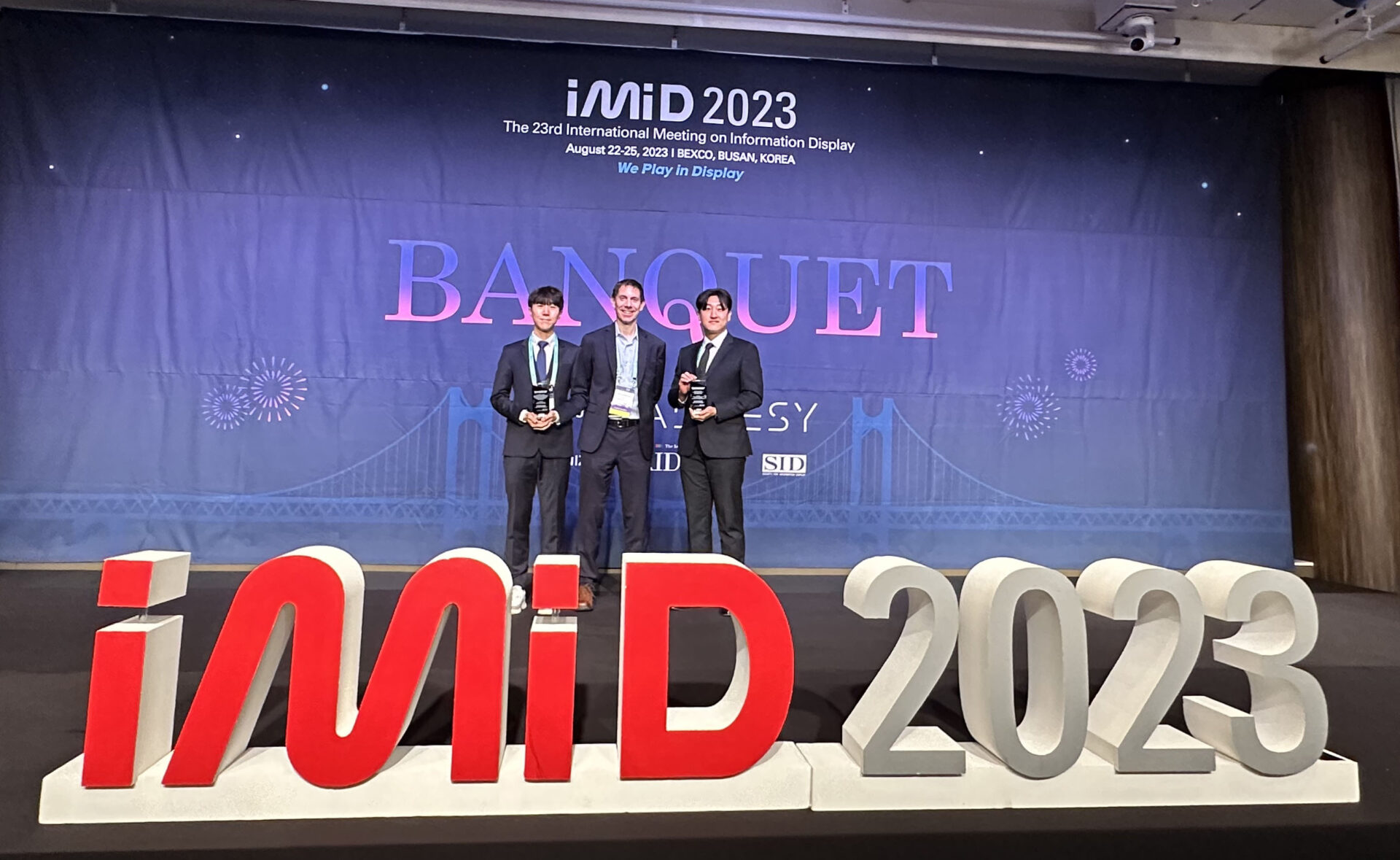
Awards Ceremony: From the left, Dr. Jee Hoon Sim (UDC award winner), Dr. Mike Weber (Vice President in charge of UDC PHOLED research and development), and Jung Ki-woon (Winner of the UDC Advanced Technology Award from Sungkyunkwan University).
Related News :
[IT Daily] UDC, ‘IMID 2023’ 학술대회서 UDC 혁신연구상 및 첨단기술상 수여 < 하드웨어 < 뉴스 < 기사본문 – 아이티데일리 (itdaily.kr)
[New wire] UDC, IMID 2023 학술대회에서 UDC 혁신연구상 및 첨단기술상 수상자 발표 – 업코리아 (upkorea.net)

Professor Kim Song Min’s research team develops next-generation XR ultra-precision positioning technology

